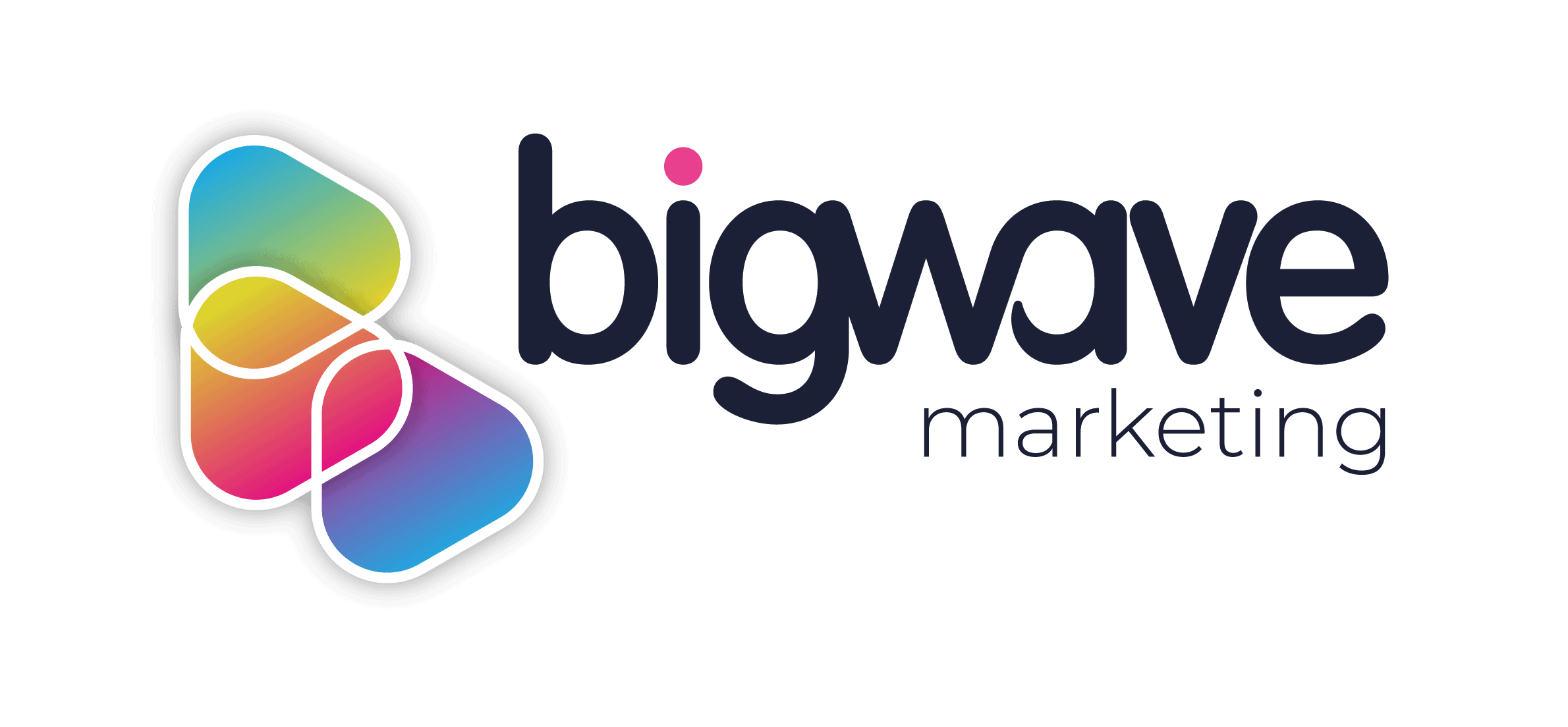Social media is definitely not one of the most linear channels in the marketing mix, so it’s easy to see why many businesses across the world struggle to pin-point what they actually want to get out of their social media marketing.
With that being said, if your business falls into this category, then keep scrolling as we have outlined a few key ways of highlighting specific goals plus how to measure them.
So, why should you set goals?
Like anything in marketing, you want to grow your business through various channels, and by setting goals, you can aim for a determined outcome – making growth easier to visualise. Social media marketing is no different.
Here are a few reasons why you may want to start setting those social media goals:
1. Keep check of your wallet
With goals in place, you can see what you need to spend in order to achieve those targets.
2. You can’t ignore the data
Goals make you pay attention to the nuances and trends. This will then allow you to improve your social media strategy.
3. You are made accountable
Whether you’re working for an agency or in-house, there is growing pressure (and need) to show return on investment (ROI). When you have social media goals, you will be focused on achieving them, therefore your ROI will be greater, keeping your boss or clients happy.
What goals should your business set?
The top social media goals that you may want to consider are below:
- Web traffic
- Brand awareness
- Sales/leads
- Follower growth
- Audience engagement
Usually, the most appealing one on that list is to improve sales and lead generation through social media. However, depending on your business, you may want to increase other areas – and as you can image, some are easier than others.
Okay, so how do we set these goals?
The most effective way to set your social media goals is through SMART. Yep, you’ve probably heard that phrase a million times, but what does it stand for?
- Specific: Goals should be clear
- Measurable: You should be able to measure your goals, so you need to have clear metrics
- Achievable: With your current resources, can you achieve your goals
- Realistic: It’s important to be realistic
- Time: You will need a timeframe for your goals, therefore you can be held accountable
Pick a KPI or metric
Now you’ve used SMART and have identified a specific goal, you need to find the perfect metric to measure.
For example, if you chose to focus on audience engagement, you will then have to measure the reactions/likes, comments, shares etc. If you chose to grow your following, the key metric will of course be the follower growth.
So, let’s take the audience engagement goal as an example and pair that with the SMART technique:
- Specific: Increase engagement
- Measurable: Increase engagement by at least 100%
- Achievable: Yes
- Realistic: Run engagement campaigns and increase consistency of content to achieve.
- Time: Within the next quarter
Now, with a clear goal and metric in place, you then have to implement your strategy and measure your performance.
Track your progress
As mentioned, having goals keeps you accountable, so you will need to keep track of your performance through a reporting tool. There are many social media platforms available, such as Sprout Social, Hootsuite, and Buffer.
With a reporting tool in place, you will clearly see your growth month-on-month, allowing you to change your strategy as needed.

